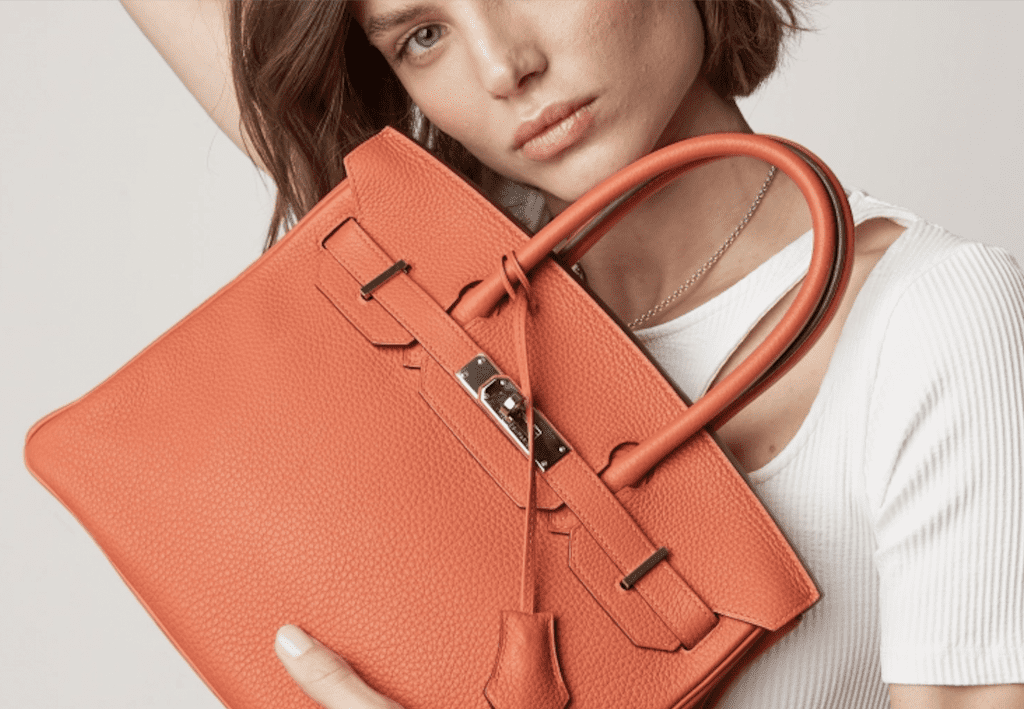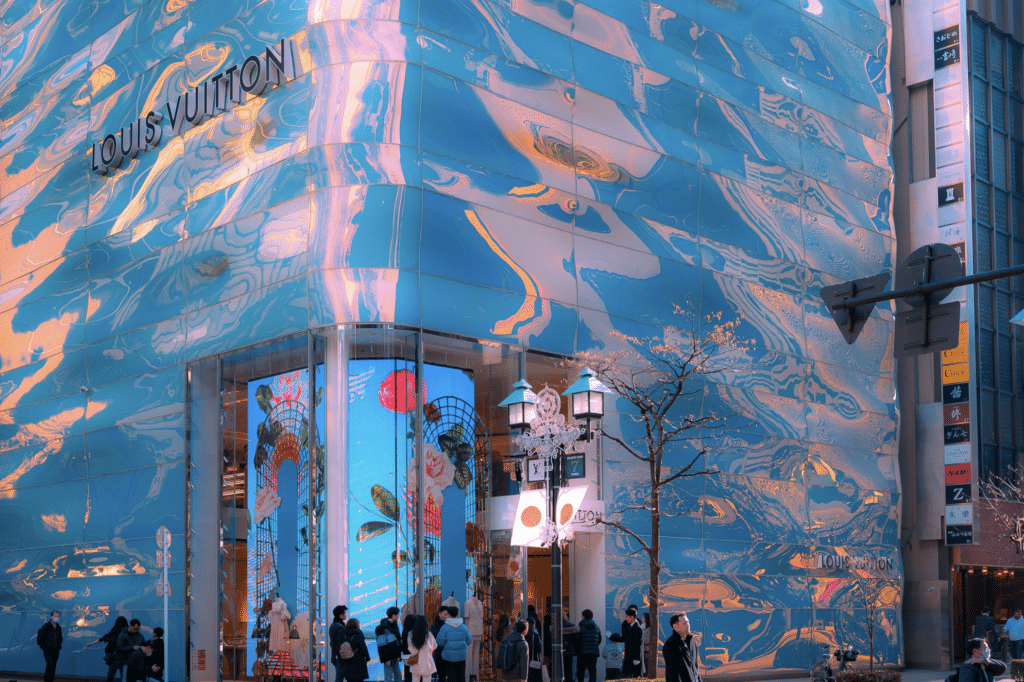Rebag has raised $33 million in funding in a Series E round, bringing the 6-year-old resale company’s total funding to $101 million. “Following a strong year driven by technological advances and category expansion,” Rebag says that the round – which was led by private equity firm Novator with participation from existing investors, such as General Catalyst – “positions [the company] for its next cycle of innovation and accelerated growth,” and that the investment funds will be used to further build upon Comprehensive Luxury Appraisal Index for Resale (“Clair”), its proprietary software aimed at bringing transparency to the luxury resale industry. Rebag says it will also use the new funds to scale its tech-enabled brick-and-mortar business.
Reflecting on the past 12 months, Rebag says that it has “maintained its high growth trajectory,” experiencing 4x growth for new categories, such as fine jewelry and watches, since its category expansion in 2020, and tripling its sourcing of pre-owned luxury goods thanks to its implementation of in-house image recognition tech and the launch of a trade-in option for consumers. Specifically, the company says that it has seen one in five buyers trade previously-purchased items from Rebag for new products or Rebag credit following the introduction of its Clair Trade initiative this summer.
“We believe that the luxury resale space is still in its early innings,” Novator managing partner Birgir Ragnarsson said in connection with the round on Wednesday, noting that “Rebag has carved out a unique approach that will facilitate its massive scaling.” Rebag founder and CEO Charles Gorra says that the funding “will allow us to further develop our technology and launch features that democratize access to information and create an ecosystem that benefits consumers and retailers alike.”
THE BROAD VIEW: The steady steam of cash flowing into the resale segment comes as McKinsey projects the value of the $30 billion-plus luxury resale market will grow at an annual rate of 10 to 15 percent over the next decade, with the rise of digitally native resale businesses helping to prompt such growth. “While the trade is still largely offline, online platforms are growing much faster,” McKinsey analysts Achim Berg, Bassel Berjaoui, Naoyuki Iwatani, and Stefano Zerbi stated in a recent luxury resale report. “Indeed, specialized digital platforms for trading pre-used goods, with a 25 to 30 percent market share, are driving much of the sector’s growth, with a predicted expansion of 20 to 30 percent per annum.”
In addition to rise of online resale platforms, which make pre-owned luxury goods more accessible than ever before, changing consumer behaviors – prompted by younger generations with sustainability and affordability concerns, the enduring impact of the pandemic, and recent supply/shipping issues, alike – are making it so that the large pool of luxury buyers who tend to exclusively purchase brand-new luxury goods at retail (which is approximately 70 to 80 percent of luxury purchasers) are beginning to alter their purchasing behaviors. In the watch market, for example, McKinsey says it expects that resale will comprise a full third of the total market by 2025. Handbags and jewelry may also follow suit.
As for luxury goods brands, the benefits of the resale space are numerous – ranging from a valuable new revenue stream to the increased ability to exercise control over the conditions in which their products are sold. Yet, luxury brands are exhibiting a mixed appetite when it comes to the secondary market. Some are “eyeing the market with interest, with some taking steps to invest,” per McKinsey, while others “remain cautious: with valuable brand identities, as well as margins, to protect, there is good reason to think carefully about the inherent value of the resale sector.”
At least some of the hesitation held by brands is starting to dissipate, with the likes of Gucci, for instance, offering up pre-owned products as part of its Vault venture, and Alexander McQueen tying up with Vestiaire as part of the resale platform’s Brand Approved initiative. More recently, Prada’s director of marketing and head of corporate social responsibility Lorenzo Bertelli revealed that “second hand is a strategy we have been investigating for more than a year.” Mr. Bertelli said early this month that a future resale endeavor for Prada may come in the form of “a partnership with an [existing resale] player or it can be something more in-house, or both of them, a sort of hybrid solution like for e-commerce.” Around the same time, Valentino announced the launch of a resale project in collaboration with four international boutiques to enable consumers to purchase pre-owned Valentino products on the company’s e-commerce site.
Meanwhile, some of the industry’s biggest groups are looking to resale as an investment opportunity. Gucci, Balenciaga, and Bottega Veneta owner Kering has been active from an investment perspective, injecting cash into French secondhand marketplace Vestiaire Collective earlier this year, and Francois-Henri Pinault-led Groupe Artemis – which is Kering’s controlling shareholder – investing in sneaker and fashion resale platform GOAT this year, as well.
Chanel – which has been notoriously tough on the unauthorized sale of its products by certain resale sites – has reportedly worked with Farfetch in connection with the latter’s “Second Life” resale venture since taking a minority stake in the online retail platform in late 2017. (Farfetch has since made headlines in connection with its acquisition of resale platform LUXCLUSIF.) And still yet, Richemont made headlines in June 2018 when it acquired preowned watch company Watchfinder, in furtherance of its own move into the resale space, while LVMH took a minority stake in sneaker site Stadium Goods via its LVMH Luxury Ventures in February 2018, with New Guards Group ultimately scooping up the company that December for $250 million.
The overall takeaway for brands and other players when it comes to the resale space, according to McKinsey, is that “luxury resale is here to stay – and those brands that choose not to participate risk missing out on a significant opportunity.” As for the still-hesitant brands, the consultancy states, “Done prudently, brand entry should not erode margins, and would result in only limited cannibalization.”
Update (Dec. 15, 2021): This article has been updated to reflect a change in the final funding figure for the Series E round from $35 million to $33 million.











